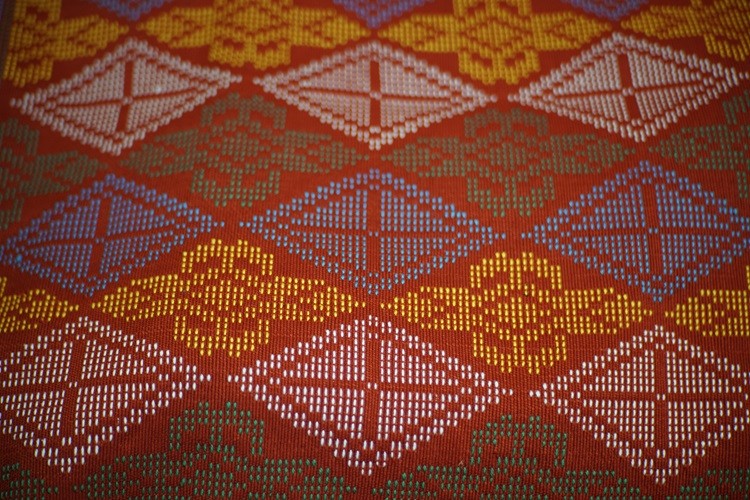 |
| The Philippines' traditional Yakan textile has a long tradition, known for its bold colors and large block patterns. (Photo: Philippine Embassy in Vietnam) |
Contains cultural spirit
In the Philippines, there are more than 80 multilingual ethnic groups and each has their own unique weaving traditions and techniques, passed down from father to son within the tribe and community.
Weaving is an art form that reflects the skill and extensive knowledge of different generations and tribes, and the design of costumes and weaving styles are also considered as signs to distinguish social rank, kinship or tribal lineage. For humans, from birth to death, traditional textile products have been used not only in spiritual ceremonies but also in the daily lives of people.
Among the famous traditional textiles of the Philippines are Inabel from the Ilocos region of the Northern Philippines as well as Ga'dang and Itneg from the Cordillera mountains.
Hablon textiles, originating from Iloilo province (Western Visayas region), have been recognized worldwide for their high usability, and can be used to make dresses, scarves and fashion bags.
The T'nalak textile of the T'bolis people of South Cotabato province (Mindanao) is considered a sacred fabric. Legend has it that this weaving technique was gifted by the gods. Yakan textiles also have a long tradition, known for their bold colors and large block patterns.
Other notable handwoven fabrics from the Southern Philippines are the Inaul of Maguindanao, the rugs of Tagolwanen, the Sama Badjao and the Tutup rugs of Tawi-tawi.
Each hand-woven work is meticulously crafted with its own purpose and symbolism, containing the cultural spirit, belief system, ideology and unique creativity of each local ethnic group.
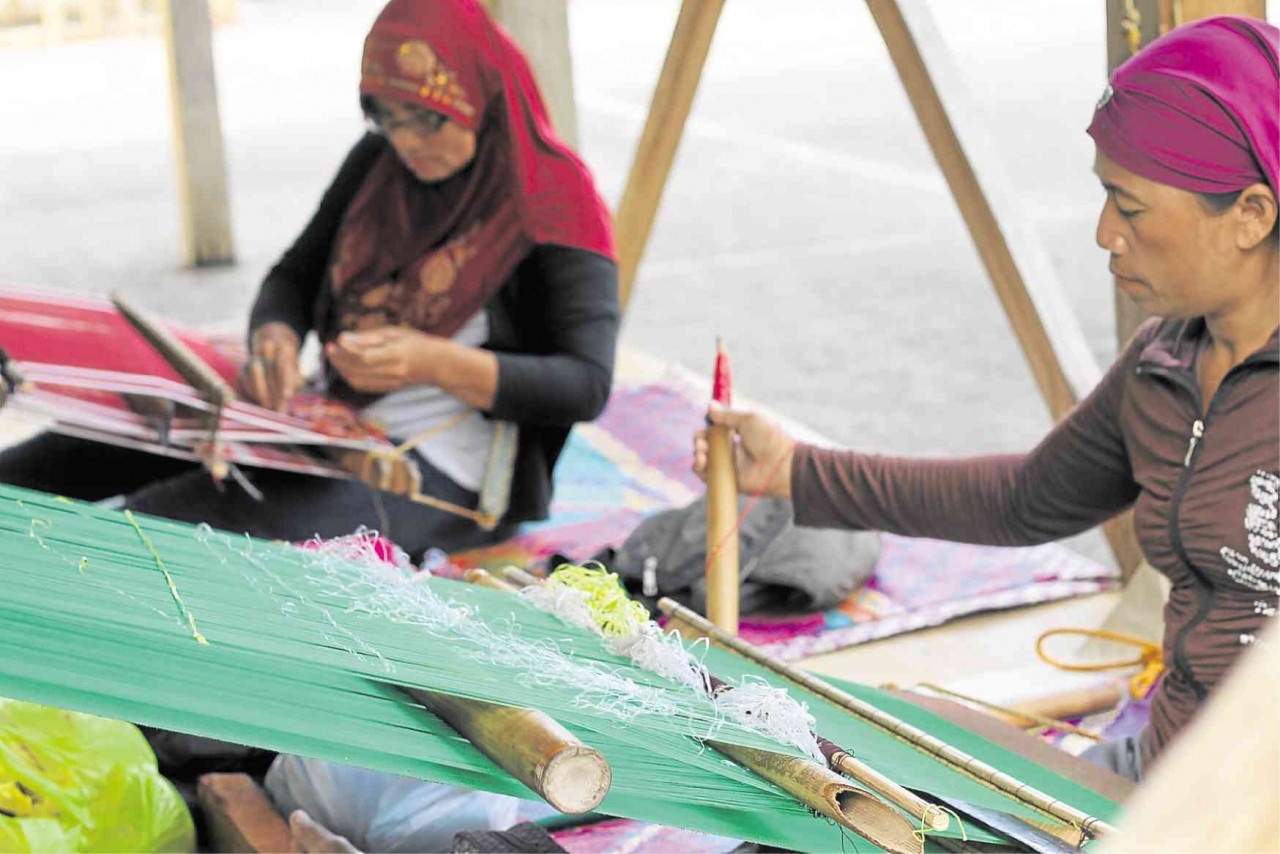 |
| Weaving is an art form that reflects the skill and extensive knowledge of different generations and tribes in the Philippines. (Source: Inquirer.net) |
Similarities between two ethnic groups
Similar to the Philippines, Vietnam has a long-standing weaving culture. With 54 ethnic groups, Vietnam has a long history of silk, brocade, and embroidery.
As neighboring countries whose ancestors traded and traveled back and forth, the relationship between the Philippines and Vietnam dates back centuries. Ships from the Philippine island of Luzon would come to Vietnam’s ports in the Gulf of Tonkin to trade, while in Mindanao, the Orang Dampuan tribe settled in Sulu, believed to have descended from Cham sailors from southern Vietnam.
These early trade contacts may have influenced the weaving practices of the two countries. In northern Vietnam, the Thai and Muong people have symmetrical weaving styles and incorporate colorful natural symbols, similar to the Kalinga weaving of the Cordilleras mountains.
In southern Vietnam, the Cham people of Ninh Thuan province use cotton and silk, often in bright colors with geometric patterns similar to the Yakan weaving of Mindanao.
Indeed, looking at textile products from the Philippines and Vietnam, we can see that the designs, patterns, motifs, colors, materials and weaving of the two countries are similar or identical. When placed side by side, it is sometimes difficult to distinguish which product is from the Philippines and which is from Vietnam.
Traditional weavings offer a glimpse into the warm beauty of the Filipino and Vietnamese souls. More importantly, they are tangible and vibrant evidence for us to better understand the nature, people, values and traditions that are distinctive yet similar to each other.
As we peel back the pieces of each country’s weaving culture and admire the traditional textiles, we realize that despite being separated by vast mountains and rivers, the heritage of the two countries still intersects through meaningful relationships and interactions from long-standing ancestors.
Through ups and downs, the production of textiles has been maintained, an art deeply rooted in the lives of the Filipino people. Each group of people, each region has its own way of weaving, using different materials. Weaving is a long-standing traditional profession in the Philippines. All Filipinos are aware of the artistic value of complex and labor-intensive works. Therefore, they are very diligent in weaving on looms. From natural resources, with rich pattern-making techniques, through the skillful hands of Filipino weavers in different island regions, textile products with cultural depth and unique aesthetics have been created. The decorative motifs on traditional Philippine textiles reveal stories, reflecting the worldview, beliefs and aspirations of the people through images of saints, gods, epic characters and the environment around them. Although Philippine weaving has a long history and has been passed down through generations with the preservation of traditional techniques, it has developed in contemporary life and is integrating into the global environment. |
Source


![[Photo] Third meeting of the Organizing Subcommittee serving the 14th National Party Congress](https://vstatic.vietnam.vn/vietnam/resource/IMAGE/2025/4/2/3f342a185e714df58aad8c0fc08e4af2)
![[Photo] Relatives of victims of the earthquake in Myanmar were moved and grateful to the rescue team of the Vietnamese Ministry of National Defense.](https://vstatic.vietnam.vn/vietnam/resource/IMAGE/2025/4/2/aa6a37e9b59543dfb0ddc7f44162a7a7)

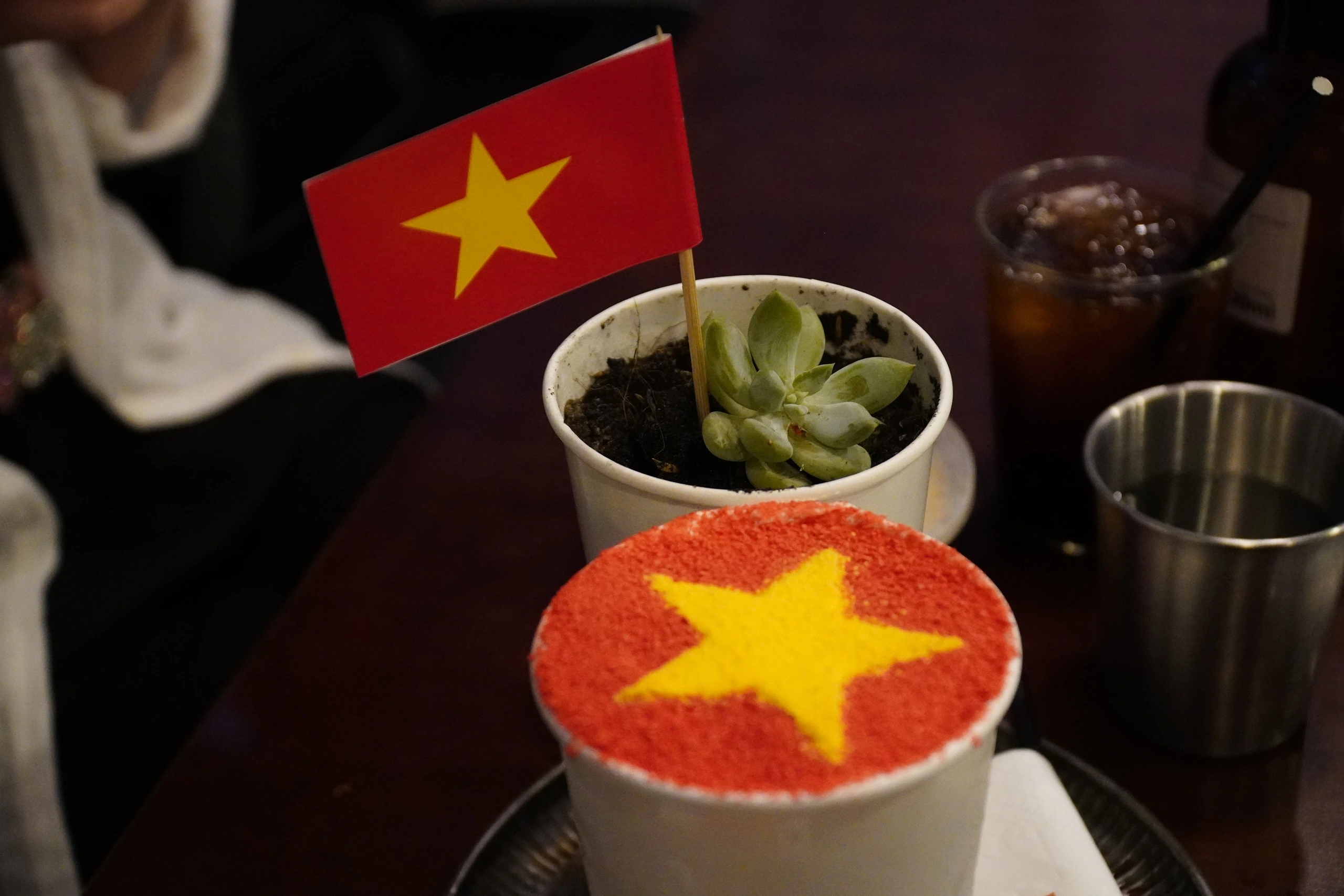
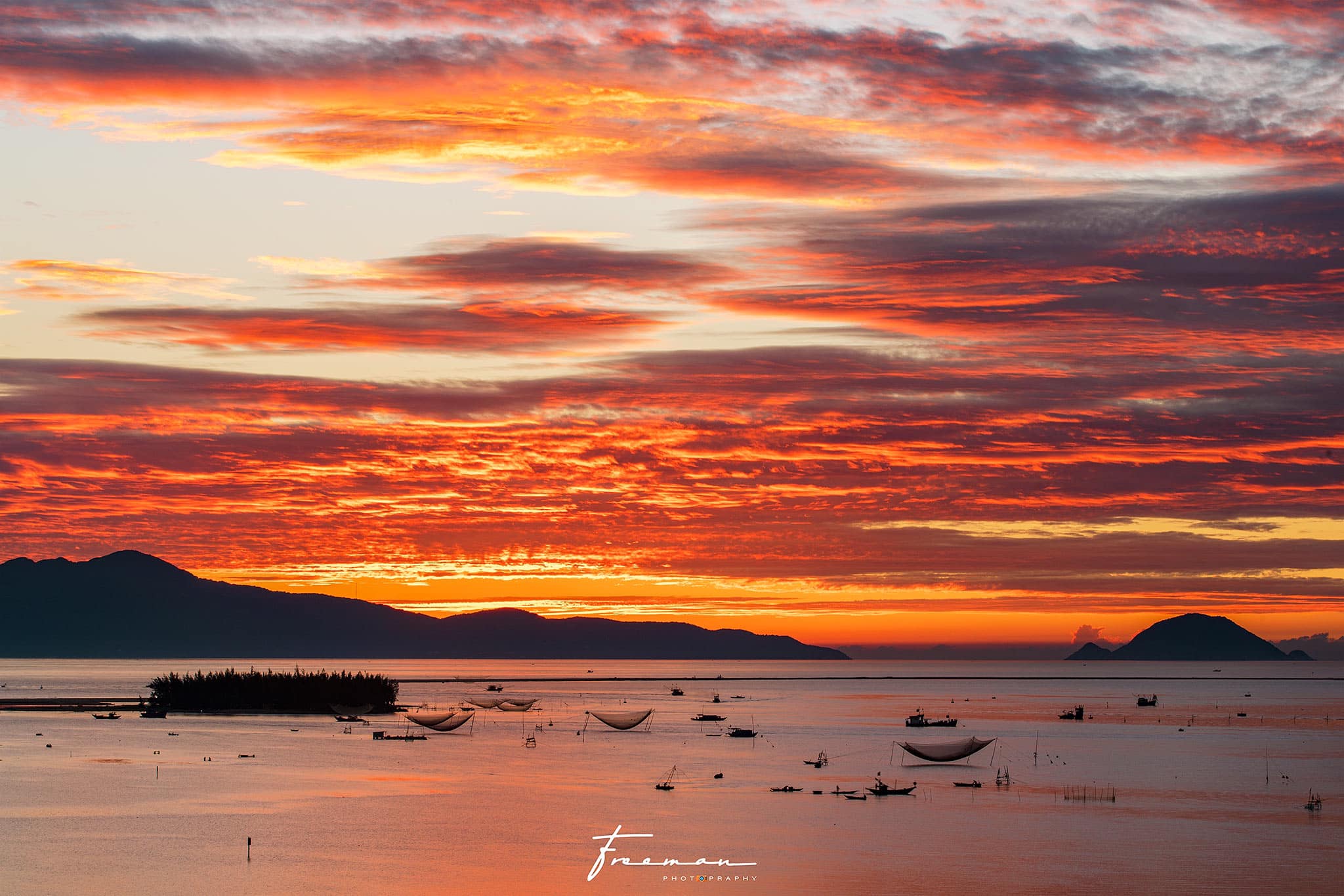
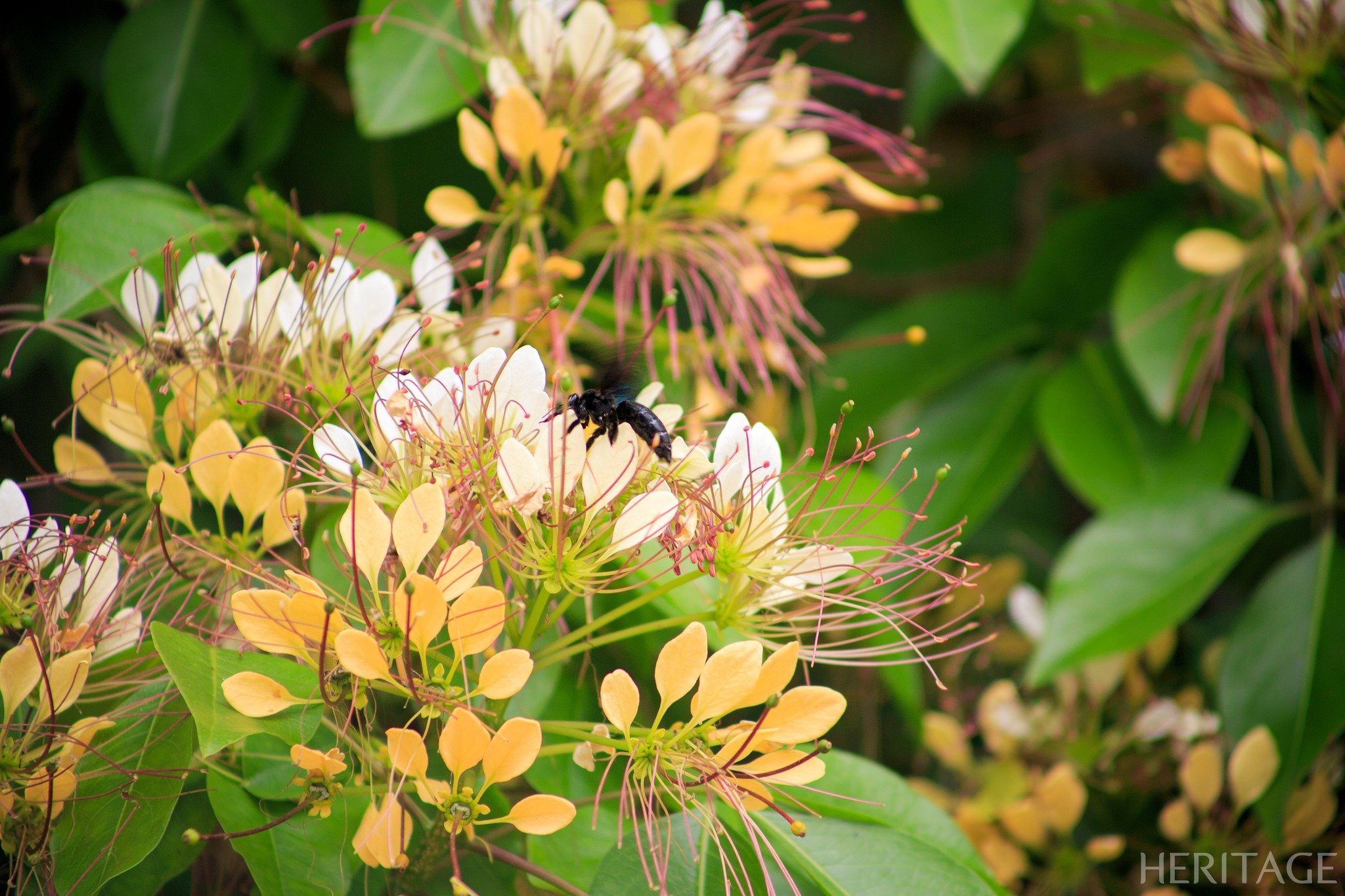
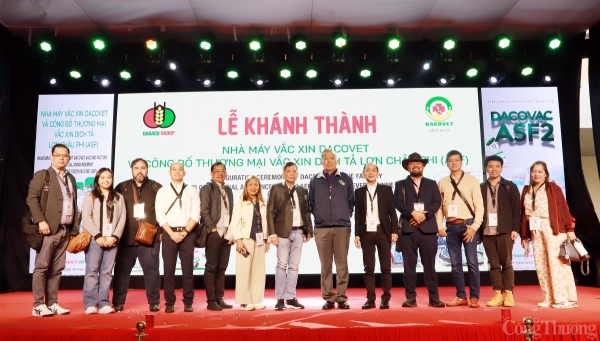






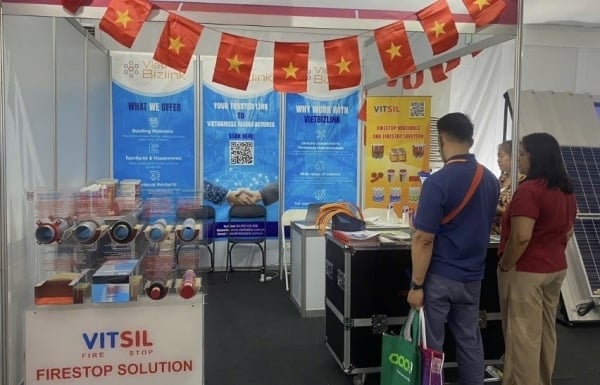
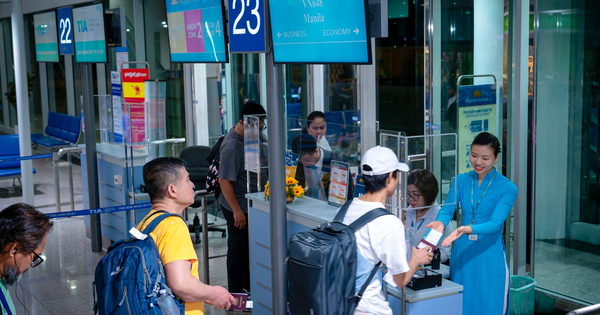


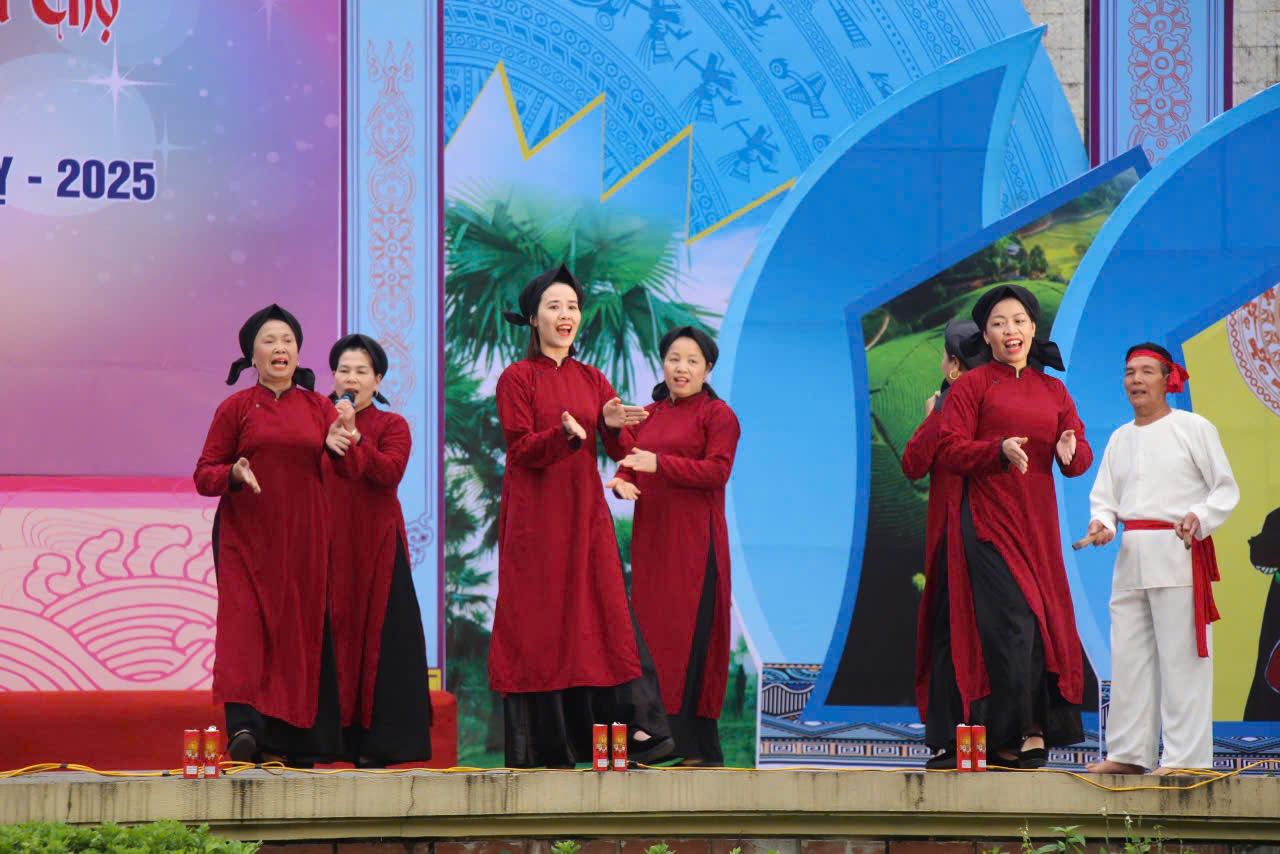
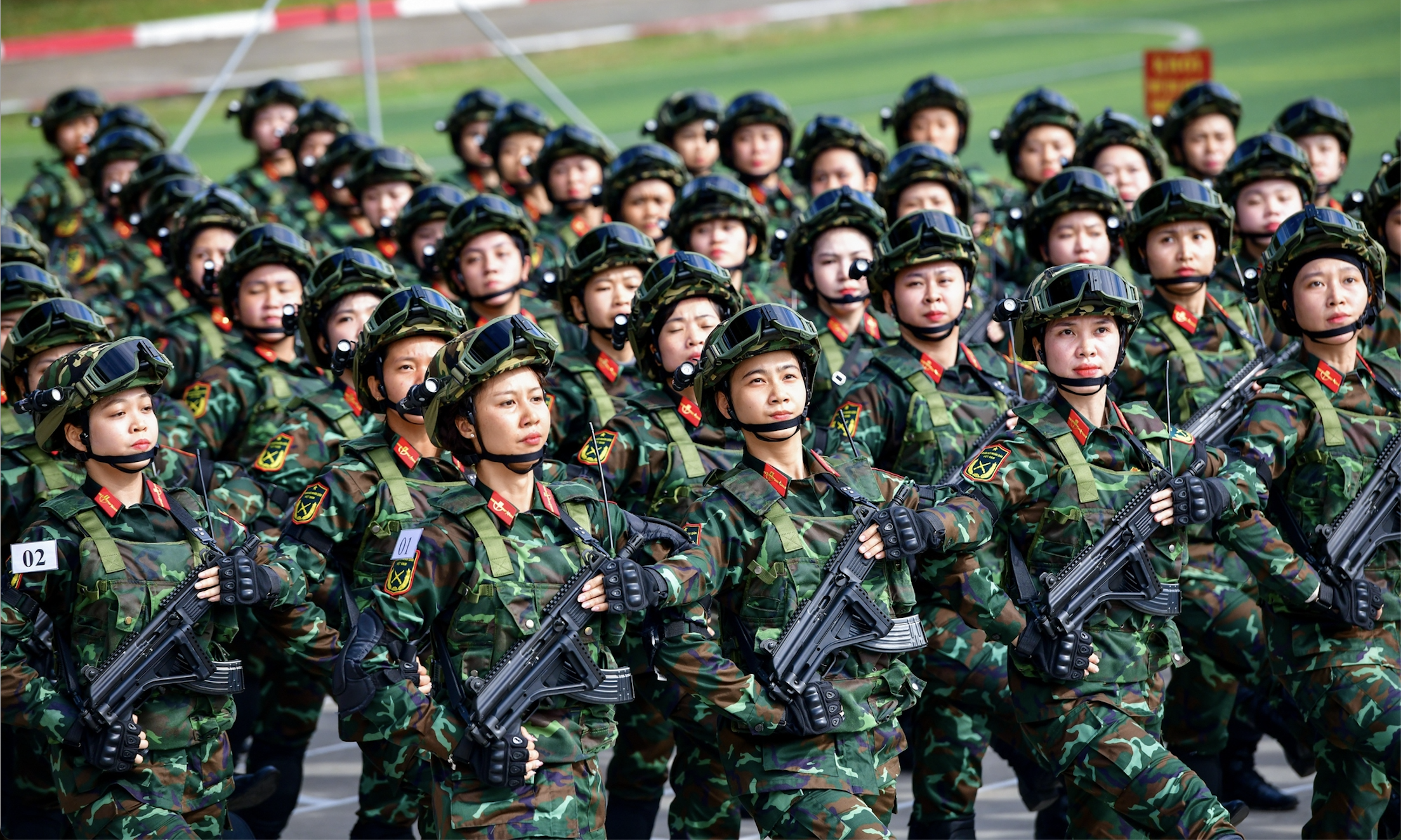
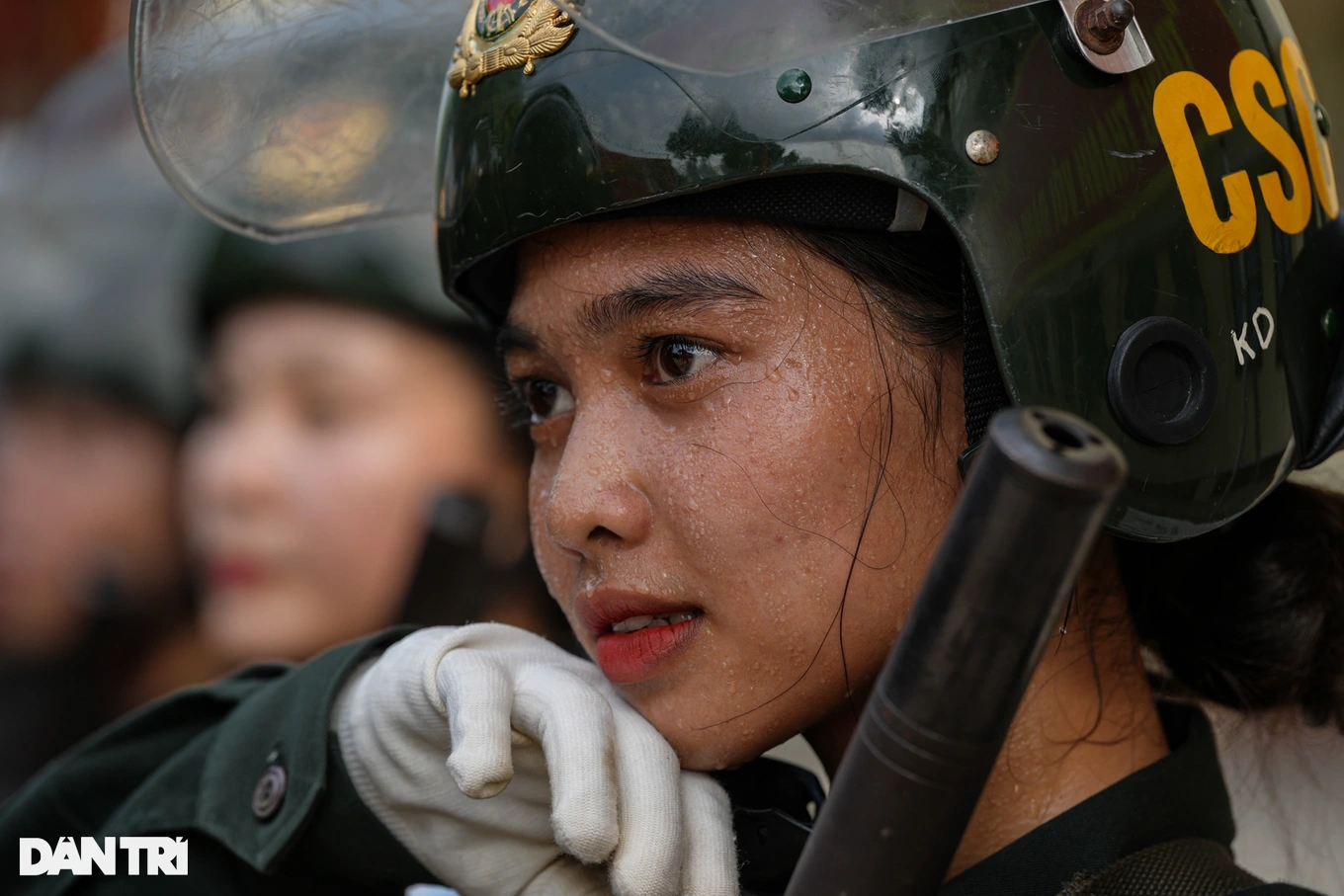
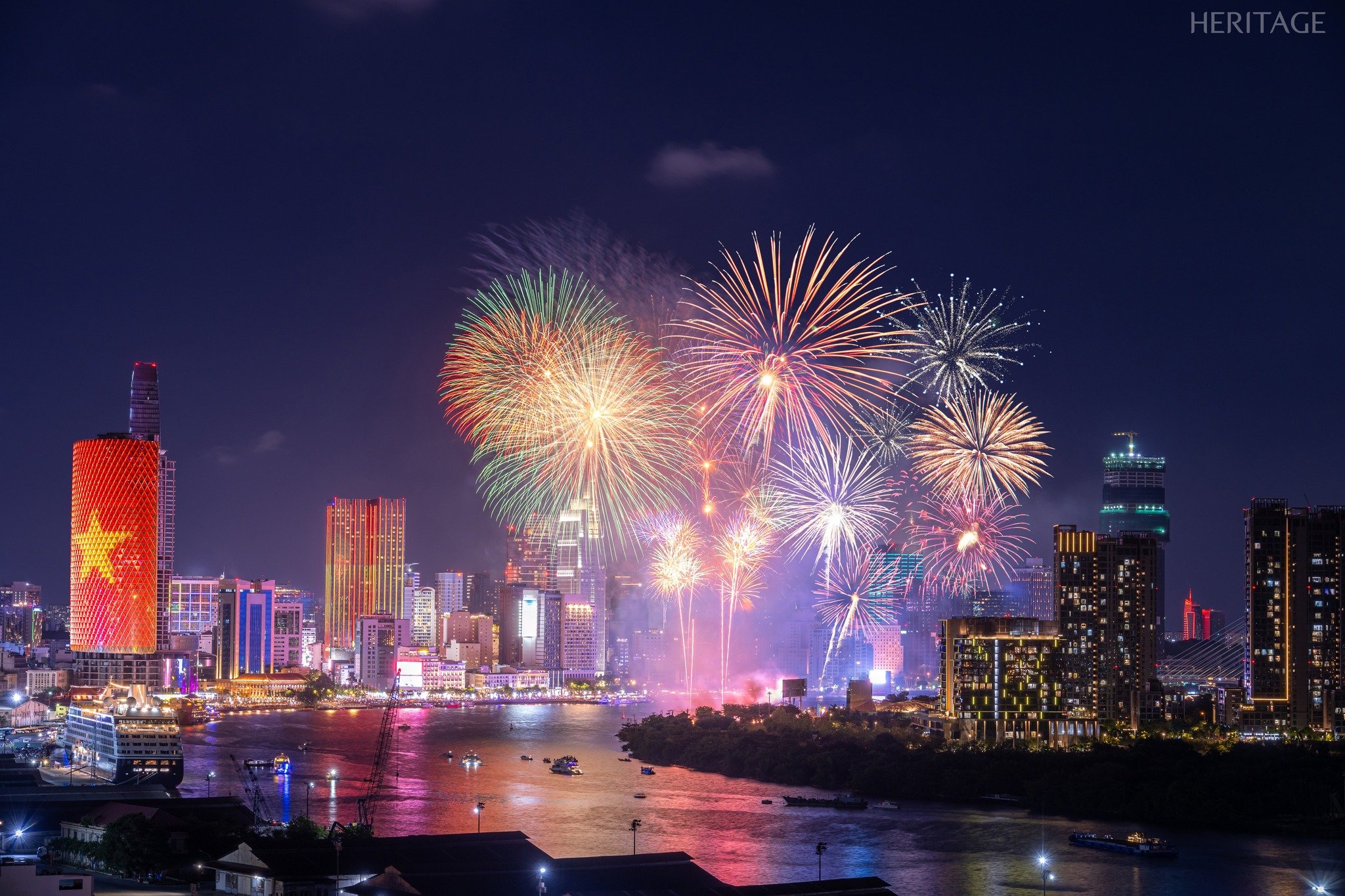
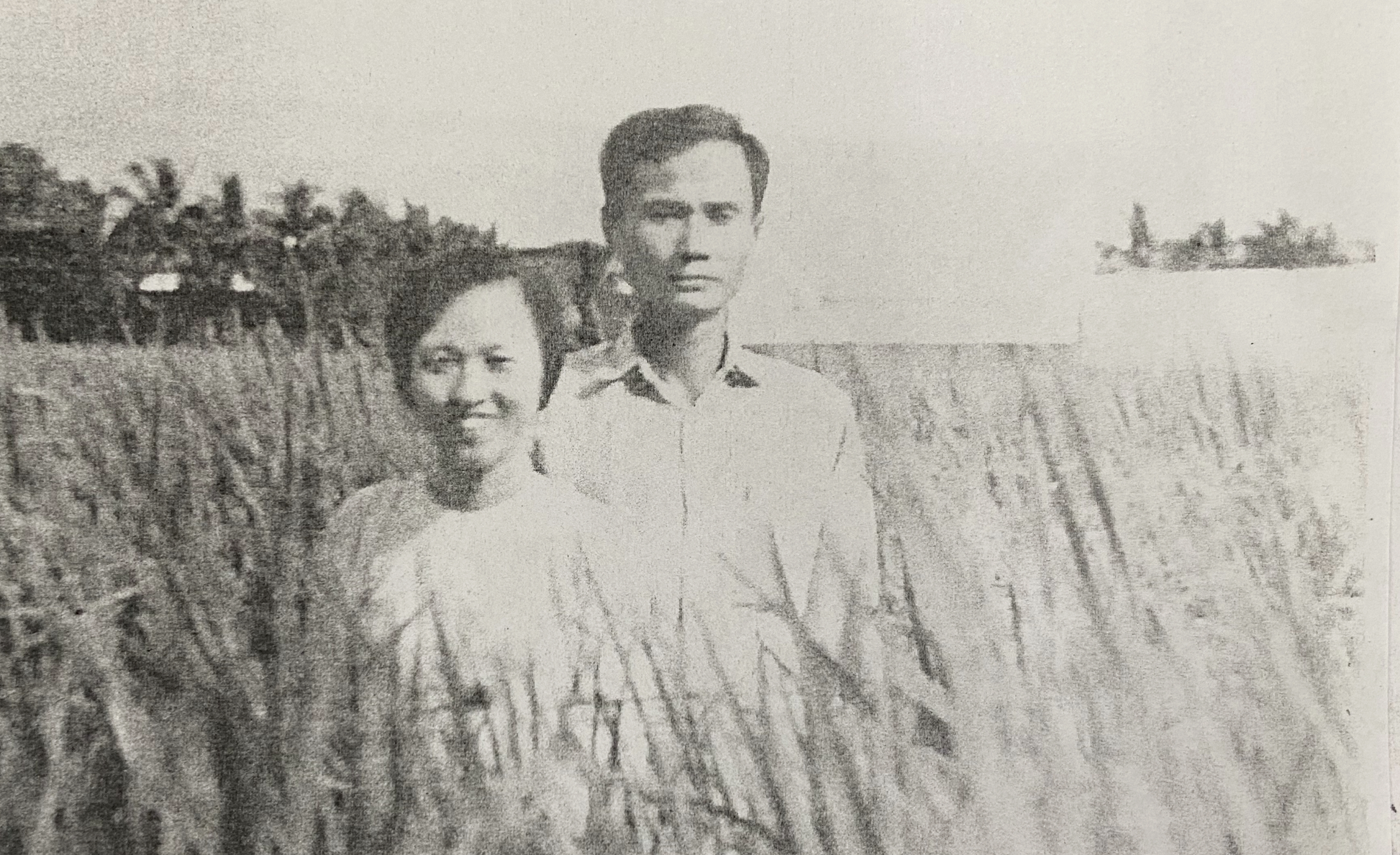



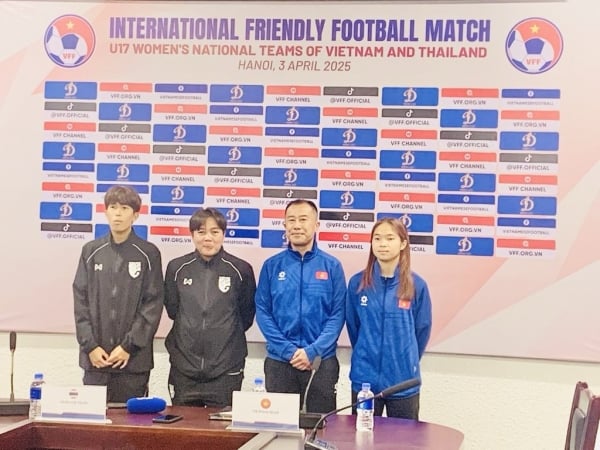


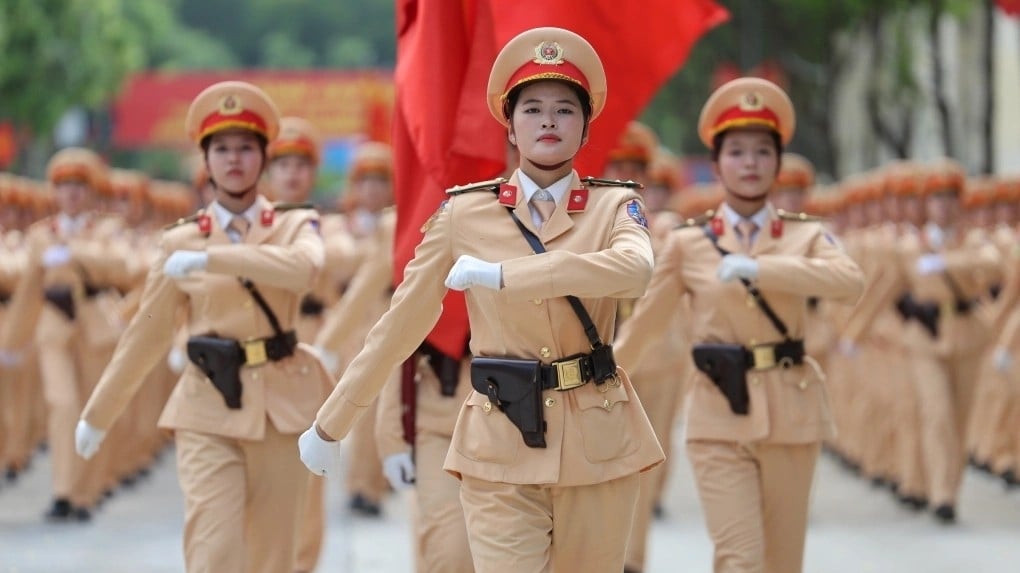
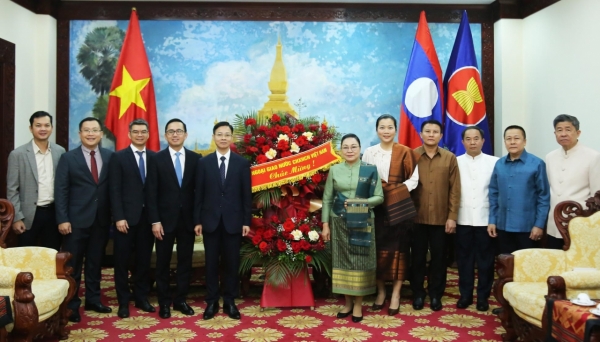














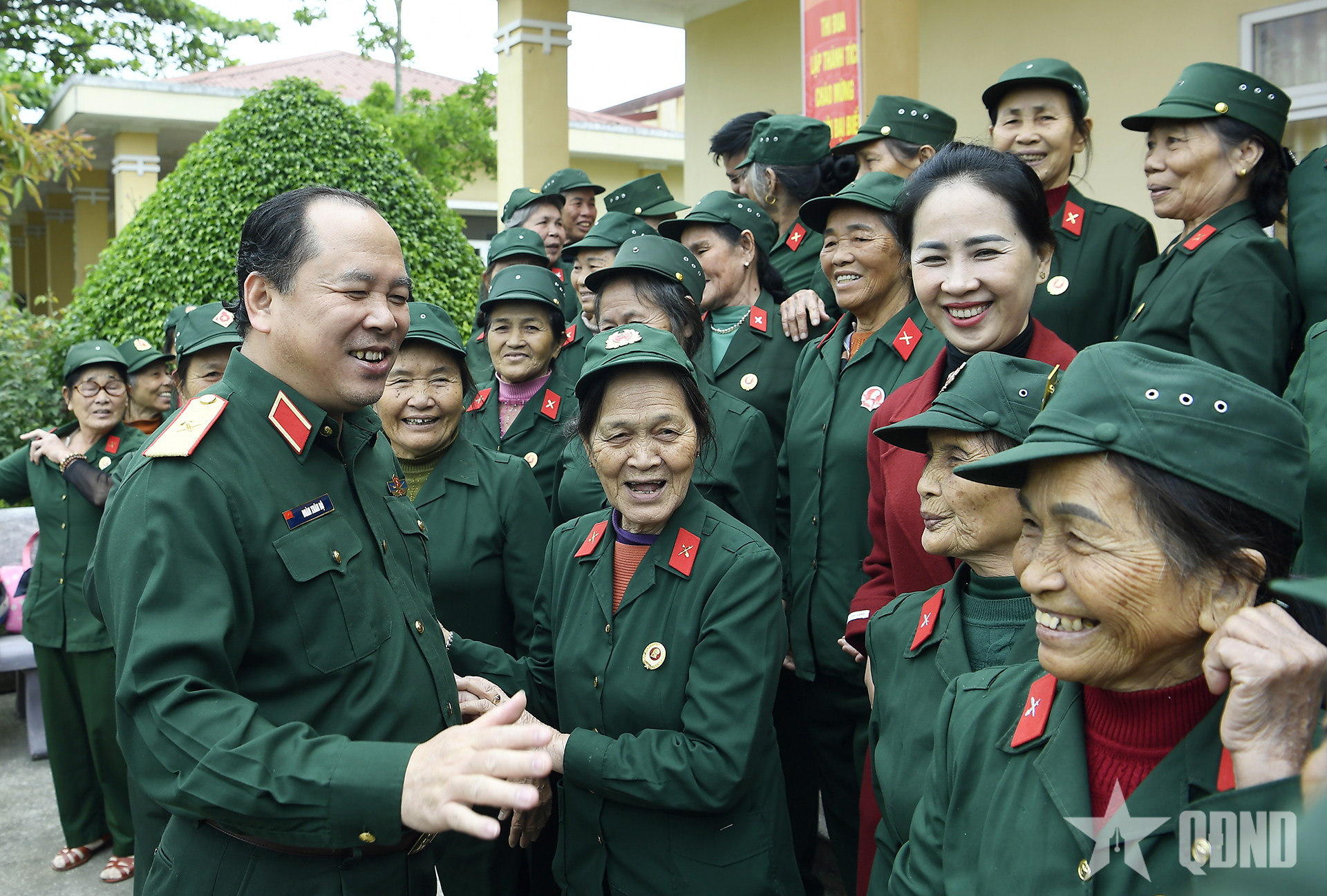






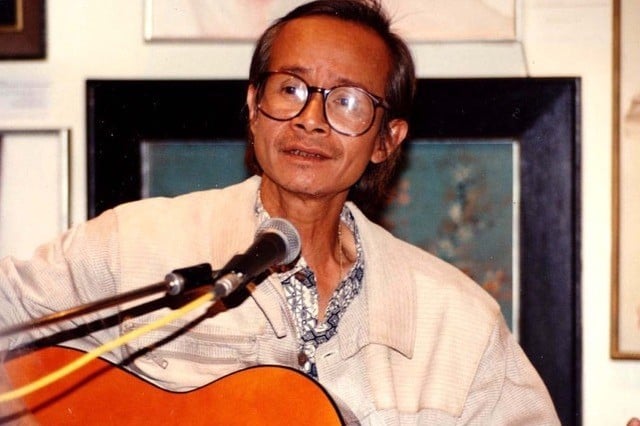











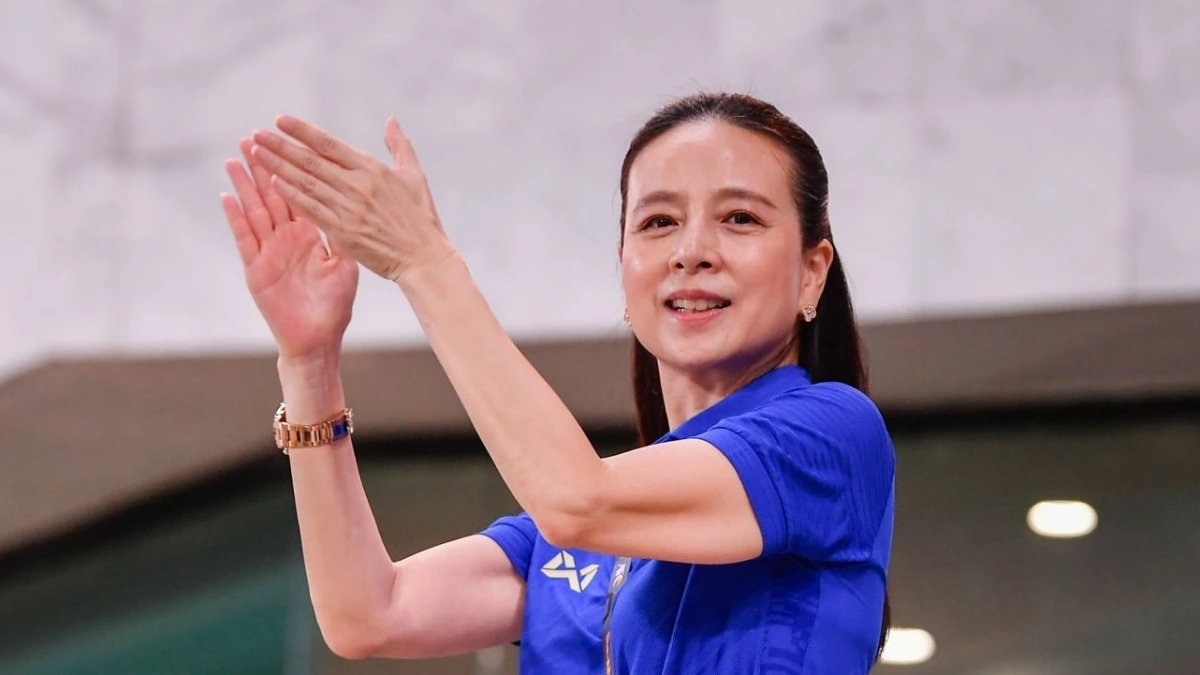
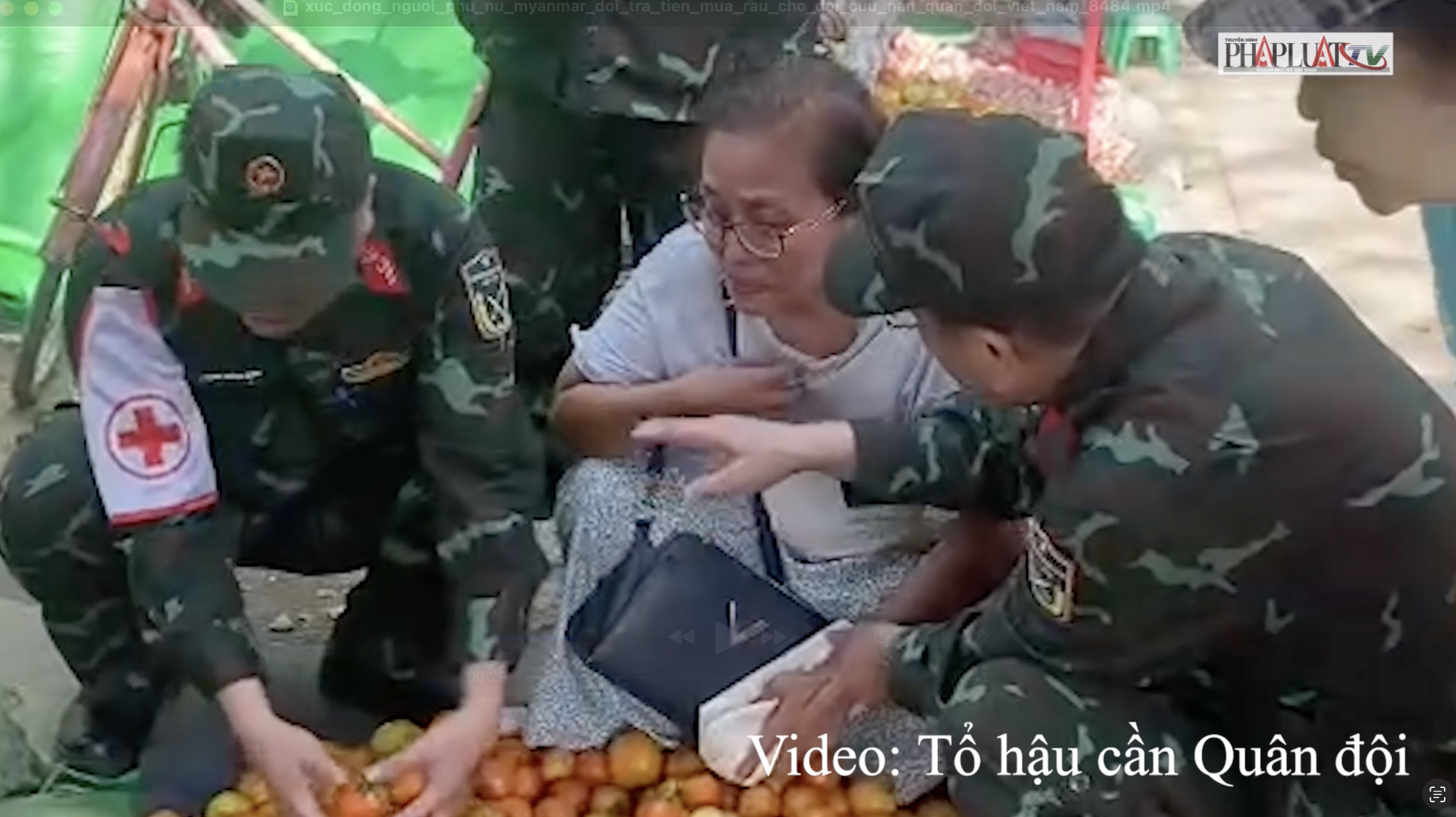

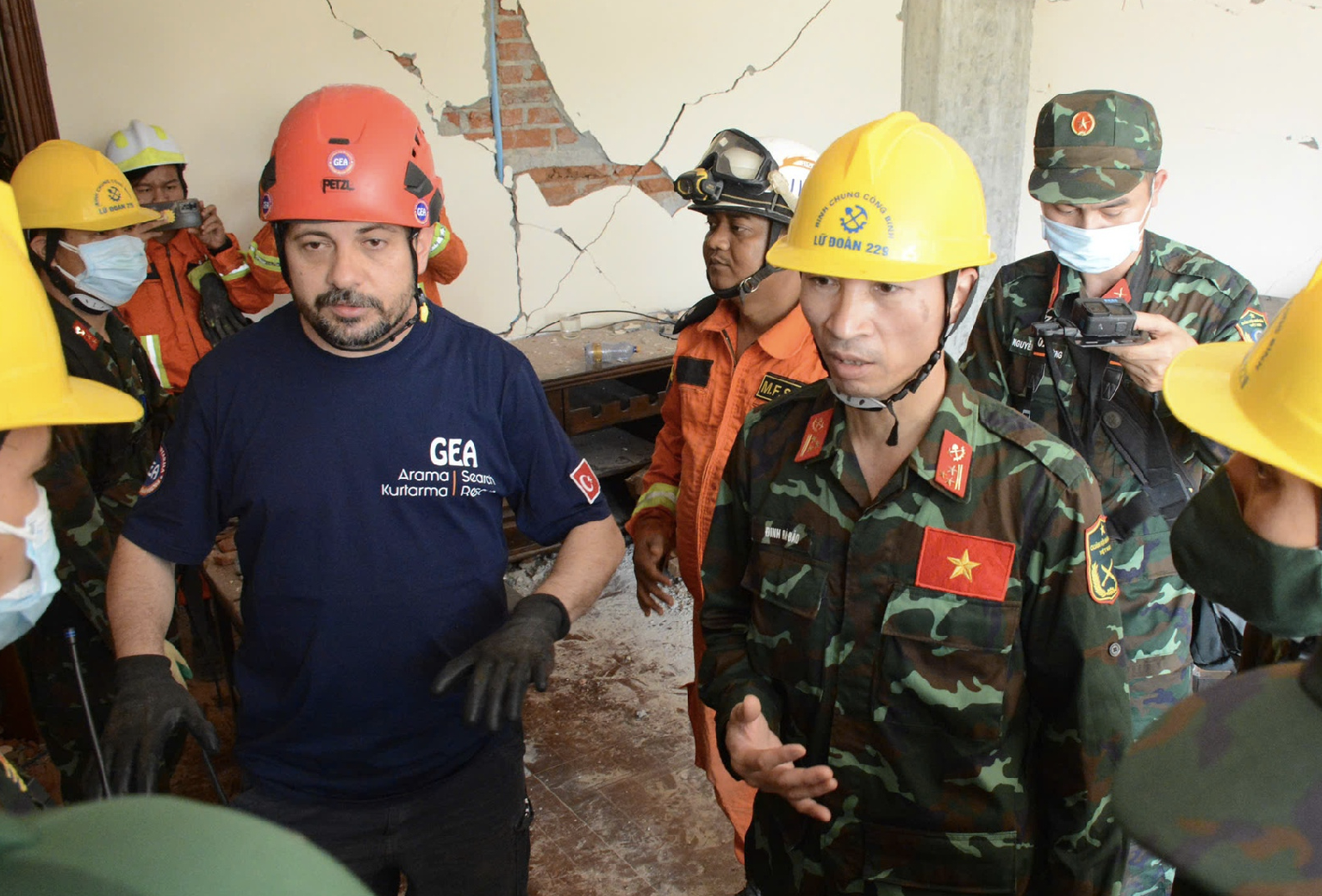





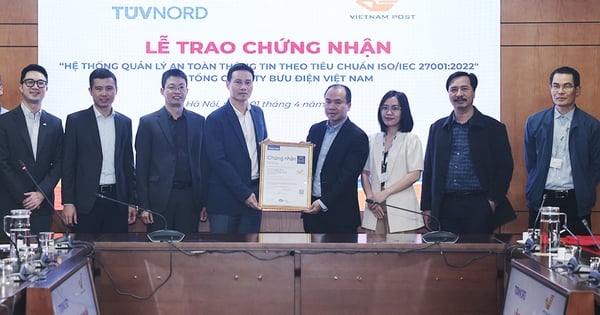

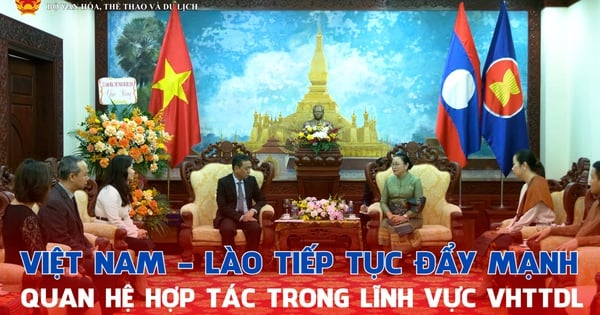



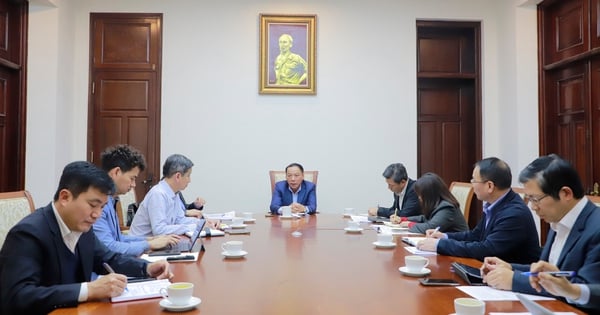
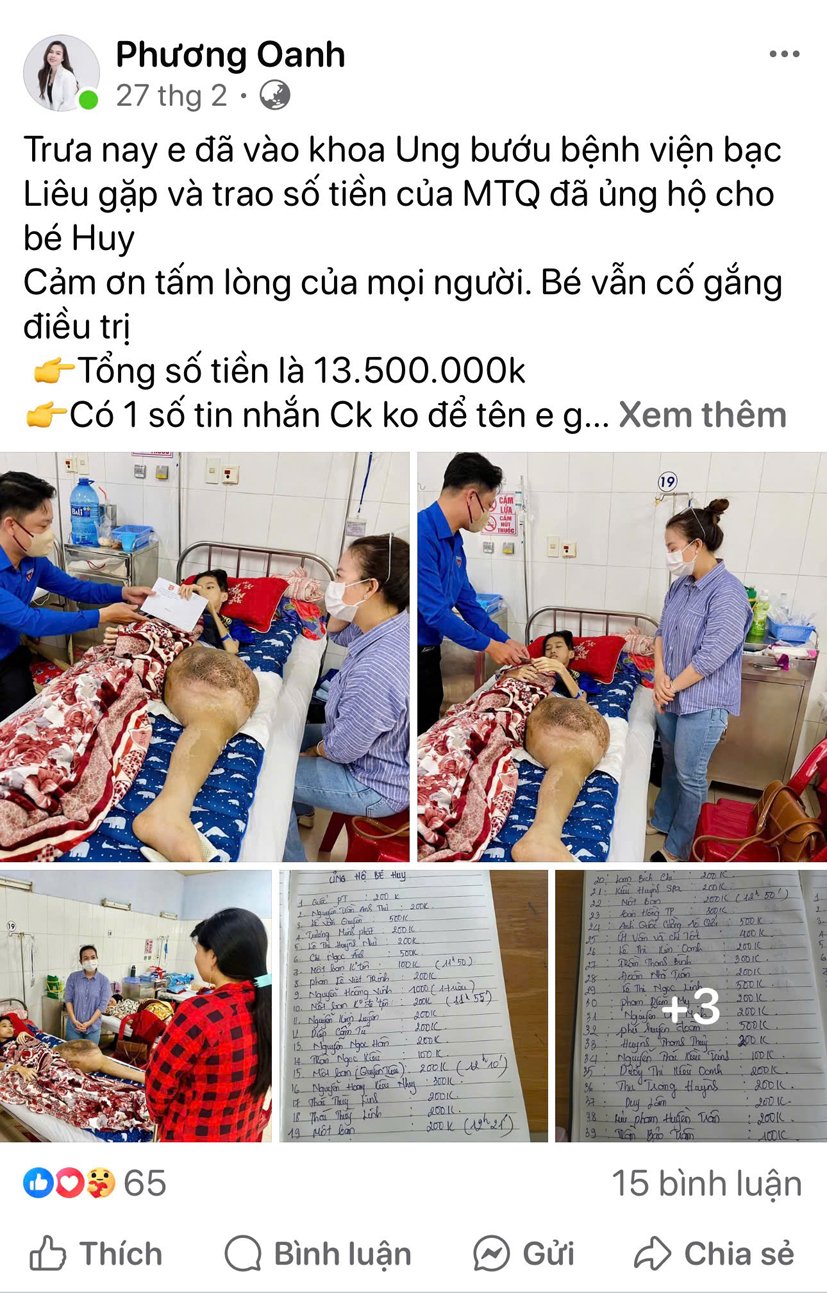

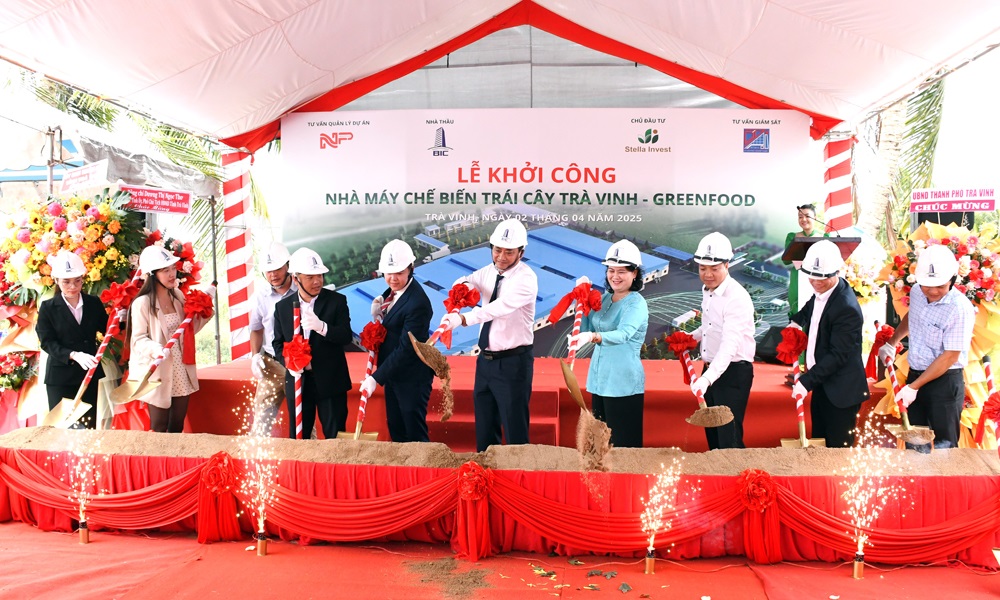

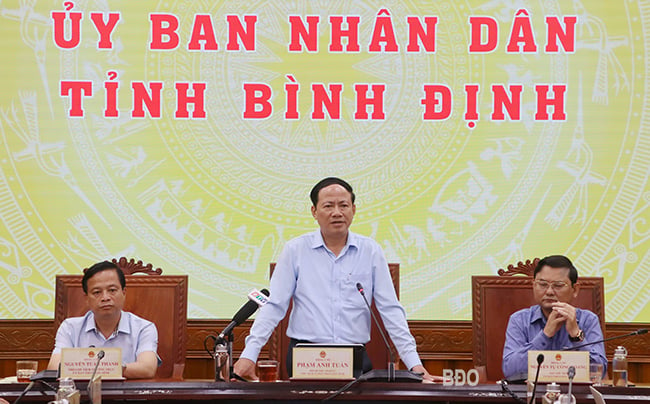
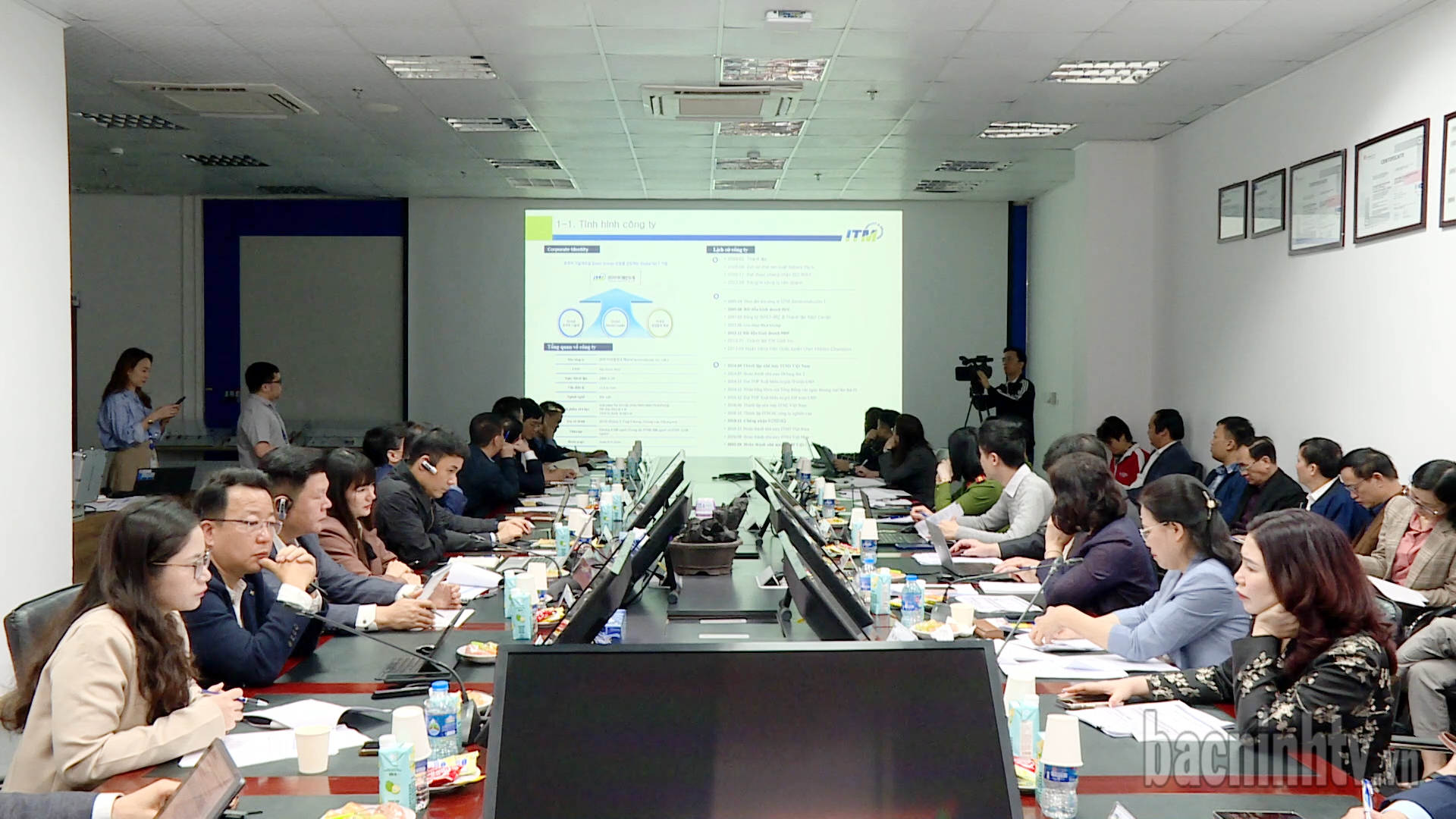
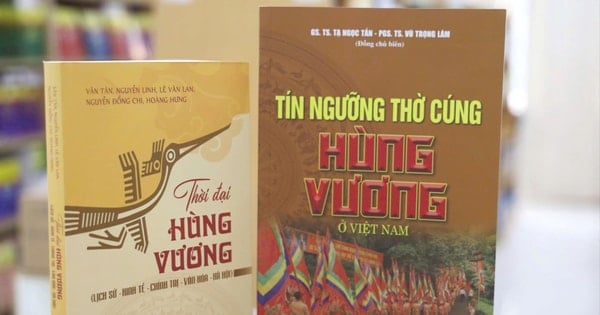







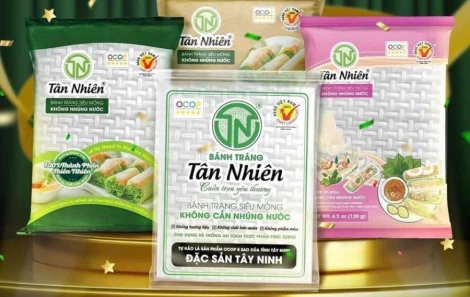




Comment (0)